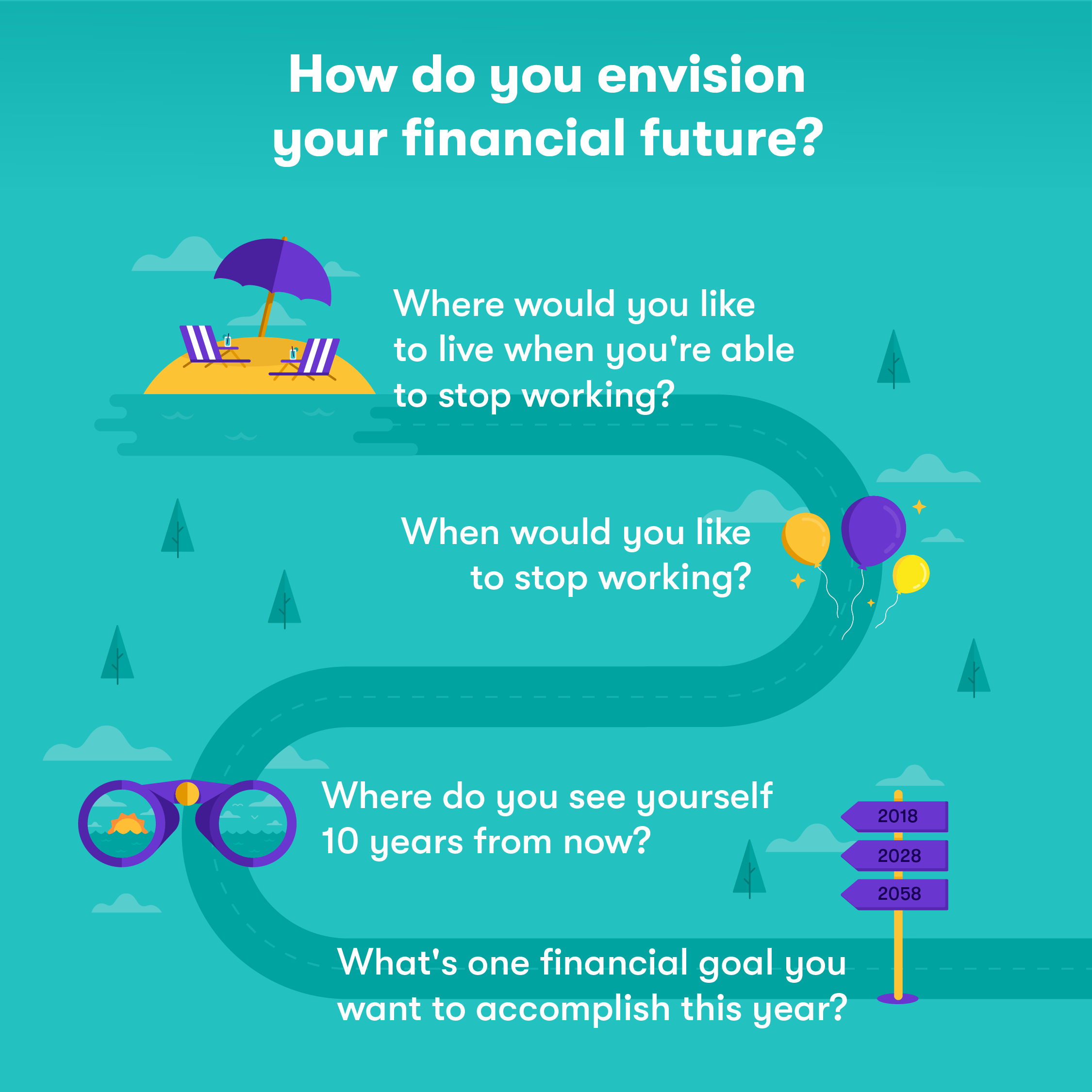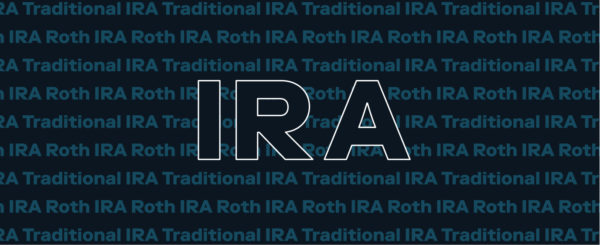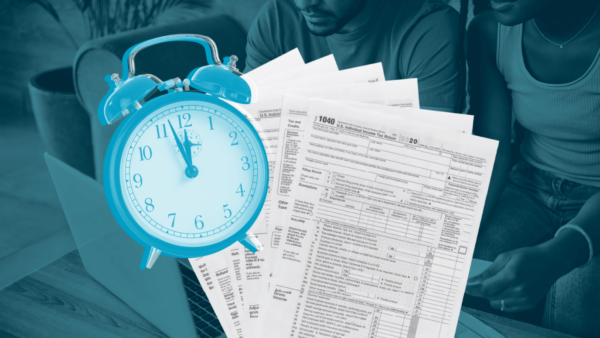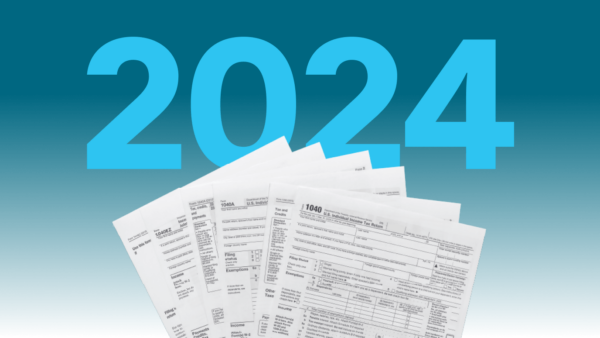Jan 8, 2019
A New Twist on Retirement Planning: The Reverse-Retire
If you’re having trouble planning for retirement, try thinking of it in a different way—backward.

It can be difficult to motivate yourself to work toward long-term financial goals. Saving for retirement is a good example—you know you need to do it, but for many people, retirement seems so far away (or out of reach) that it’s easy to brush off.
But brushing it off won’t bring you closer to your goals. And every day you get older without making a financial plan for the future sets you behind. One possible way to conjure up some motivation is to reverse how you think about retirement savings—or, take a “Benjamin Button” way of looking at retirement.
This is how it works: First visualize what you want your retirement to look like, and then work backward from there. It’s basically a practice in goal-setting, but with a very long-term goal in mind. Check out the graphic below, and keep reading for the step-by-step guide.

Step 1: Visualize retirement.
Imagine your life during retirement. Think about where you want to live, how much money you want to have, and how you’d like to spend your time. In other words, decide what you want out of life—aspire to something.
Remember, housing is going to be one, if not your biggest, expense in retirement. Where you want to live may have a big effect on how much you need to save up.
Step 2: Consider a time frame.
With an end goal in mind, you’ll next want to think about timing. Do you want to wait until you’re 65 to retire, or would you rather save and invest aggressively in order to retire in your 50s?
Consider a plausible and realistic time frame for retirement.
Step 3: Think ten years out.
So far, you’ve been focused on the long term—probably a couple of decades away. For this next step, you’ll want to shorten your view to the next ten years. Consider what you can realistically accomplish in the next decade, and set some milestones or goals for yourself.
Examples may include investing $50,000 in a brokerage account by the time you turn 45, or maxing out your retirement accounts by this time next year.
Step 4: Take baby steps.
Bridging the gap between now and retirement will require a lot of steps. You have a goal in mind, and have thought about what you can do over the next ten years to get there. Now, start breaking it down even further into daily, weekly, and monthly financial goals.
For instance, you can set a goal to set aside $100 per month to contribute to your retirement account, or $25 per week. You can also try to funnel more money into an investment account every week (a process that can be automated using Auto-Stash).
If you’re starting from scratch, you can get the ball rolling with our checklist that should help you start budgeting, saving, and investing.
And, of course, you can always sign up for a retirement account today on Stash.
Related Articles

How Much Do I Need to Retire: A Guide for Retirement Saving [2024]

Roth vs. Traditional IRA: Which Is Best for You in 2024?

How To Plan for Retirement

Credit Cards vs. Debit Cards: The Differences Can Add Up

Why It Can Pay to File Your Taxes Early

Stash’s Tax Checklist: Things You Need to Know Before You File





